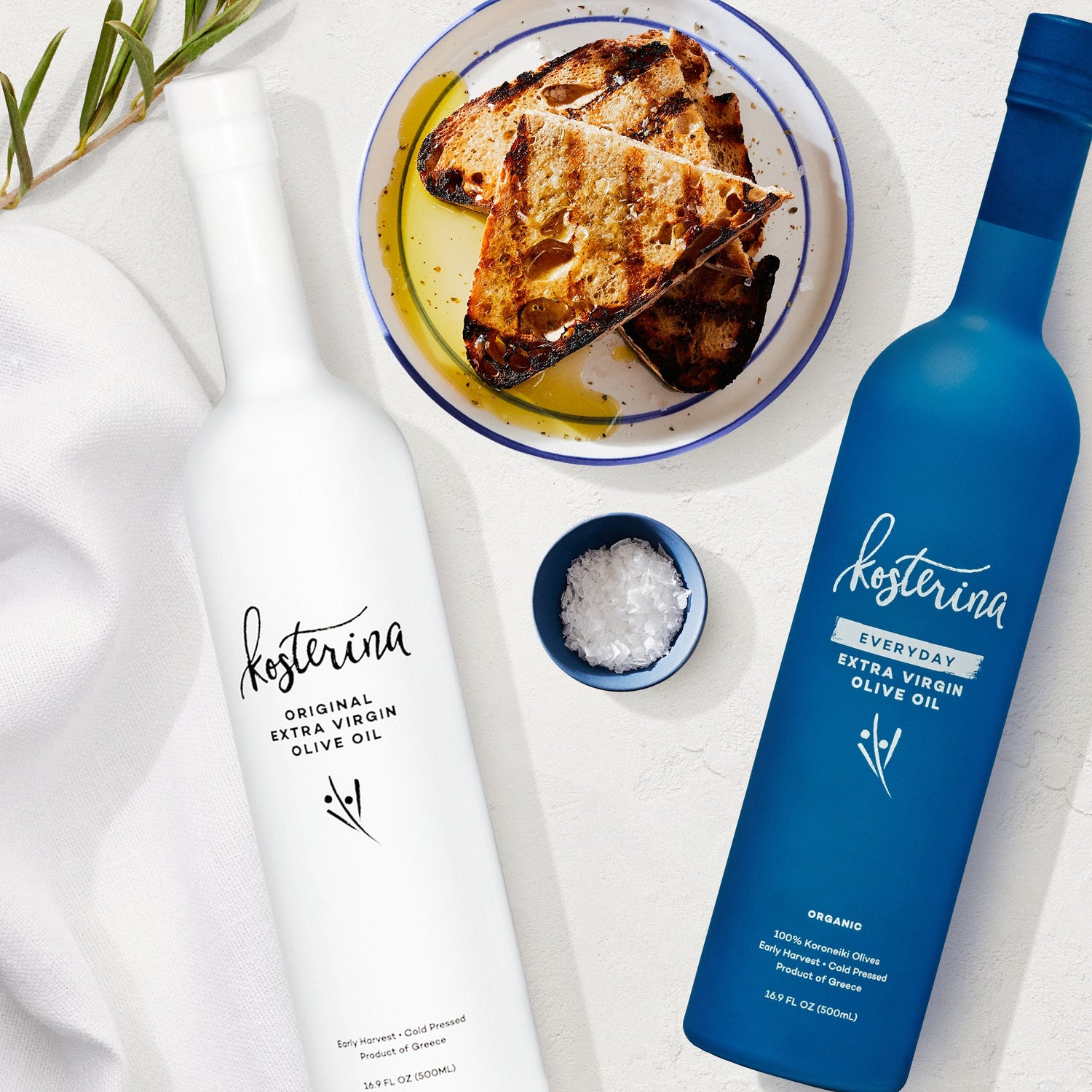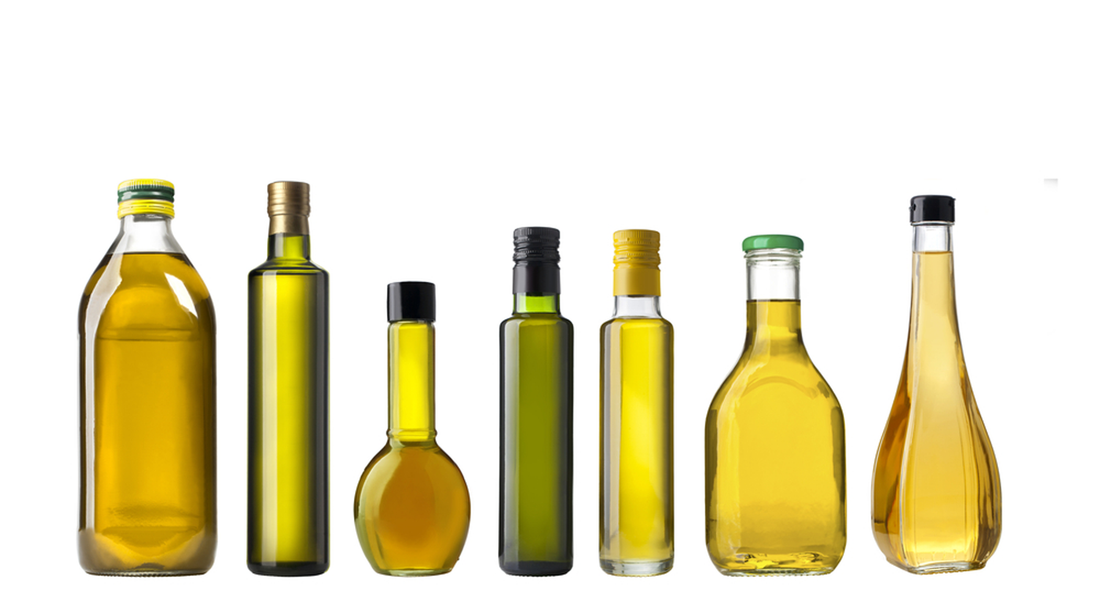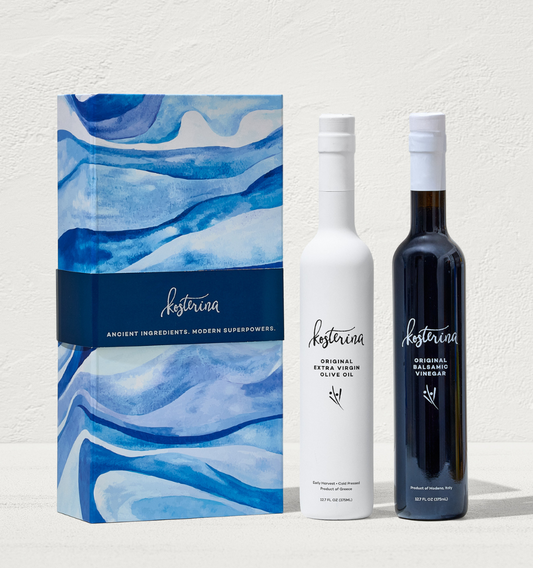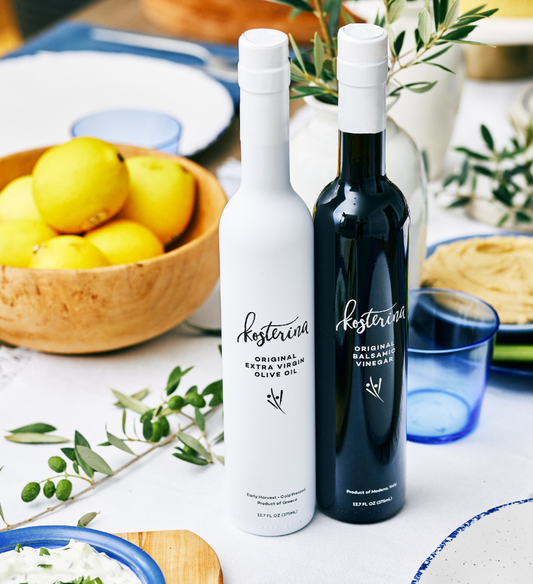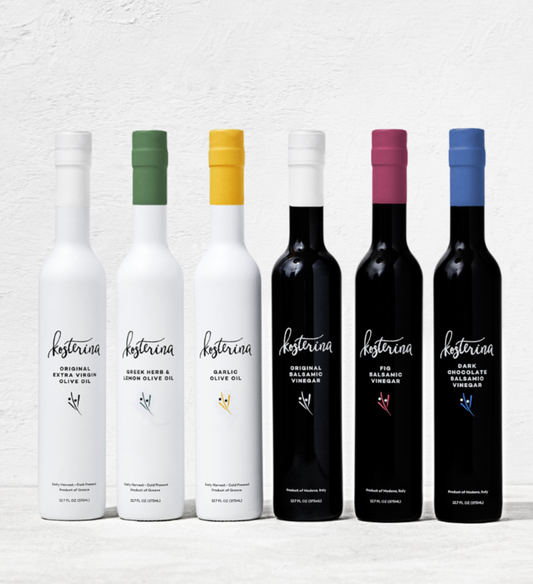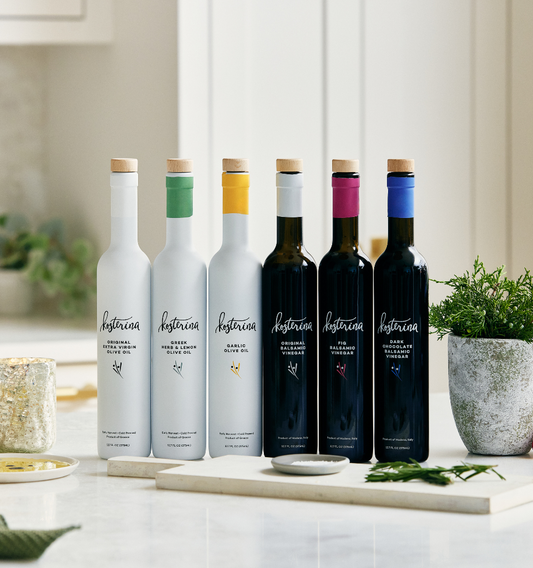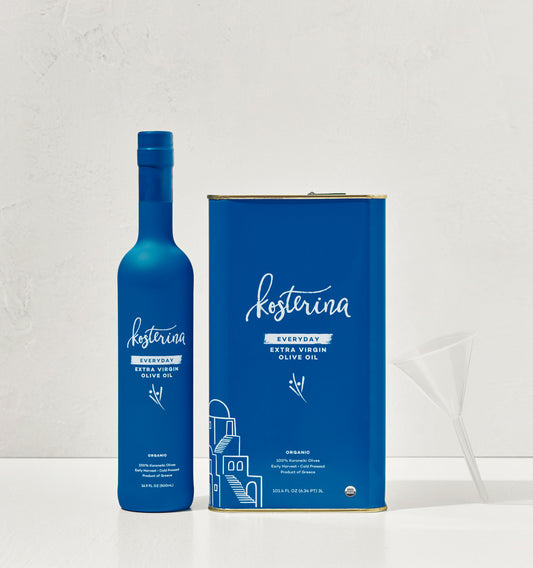Don’t be duped into buying second-rate “EVOO.”
The next time you head to the grocery store for dinner ingredients, you’ll want to be wary of misleading labels—mainly, olive oil brands that claim their blends are “extra-virgin.” It turns out, most of the olive oil varieties at your local supermarket aren’t exactly 100% authentic. Since most of these bottles aren’t cheap and you’re shelling out a good chunk of change for them, you’ll want to make sure you’re getting what you paid for.
By the time most olive oils land on supermarket shelves, they don’t meet the grades for being of the true extra-virgin variety, according to a 2016 report by 60 Minutes. In fact, about 75-80 percent of these so-called extra-virgin olive oils don’t even meet the standards. So what happens between the time it’s processed and shipped to the shelves? Olive oil may lose its extra-virgin status due to improper storage and tampering. When it loses its extra-virgin qualities, the consumer doesn’t get to reap the health benefits of EVOO, including lowering blood pressure, decreasing risk of heart disease or cancer, and weight loss.
Last year, the National Consumers League found that after testing 11 common olive oil products, six failed to meet official olive oil standards. The NCL had surveyed olive oils from common grocery stores like Whole Foods, Trader Joe’s, Safeway, and Giant. To ensure that the authenticity of the experiment, the League chose bottles at the back of lower shelves since those are less likely to be damaged by the sun or lighting.
Olive oil fraud doesn’t take place just in the United States, it’s widespread across Italy and around the world as well, according to research by Forbes and 60 Minutes. Yes, there is such a thing as the “Agromafia,” and these people are profiting from deceiving consumers around the world with fake or low-grade olive oils. In fact, it’s estimated that this deception makes for a $16 million a year profit. When an Italian newspaper tested 20 popular brands in the country, it found that 45% were fake. It’s such a widespread crime that Italian authorities have seized tons of counterfeit oils (about 7,000 tons) in the past year.
One of the most common ways the “Agromafia” tampers with the oil is by taking oils from North Africa and deodorizing it with chemicals, so they can trick customers into thinking it’s the real thing from Italy. Another tampering procedure is taking a real extra-virgin olive oil and diluting it with sunflower or soybean oils. Most consumers wouldn’t be able to tell the difference because the producers disguise the oils so well with drops of chlorophyll and beta-carotene so it looks and smells like true olive oil. It’s especially dangerous for people who may have seed allergies and may not know that the “olive oil” they’re consuming can harm them.
Recently, the U.S. government has seriously looked into olive oil fraud—according to Forbes, last April, Congress has ordered the FDA to test imported oils for authenticity and report back on its findings, with the hope that the FDA will have protocols for labeling olive oils correctly, all on the basis of consumer health and safety. In the meantime, consumers should read bottles carefully and only buy from trusted sources. We’ll have more on how to spot and purchase correctly-labeled extra-virgin olive oil in a future blog post.
